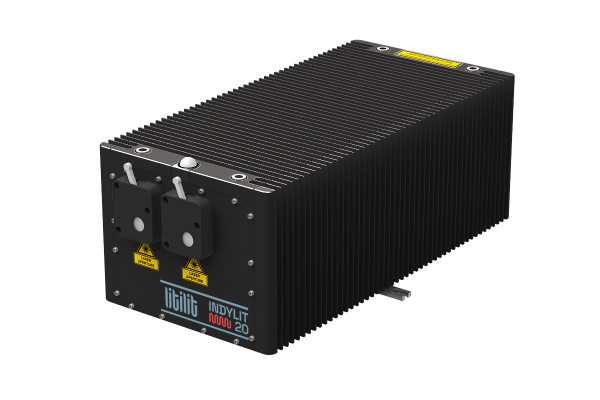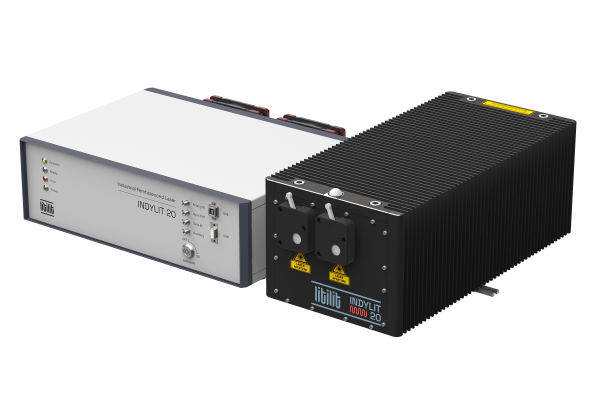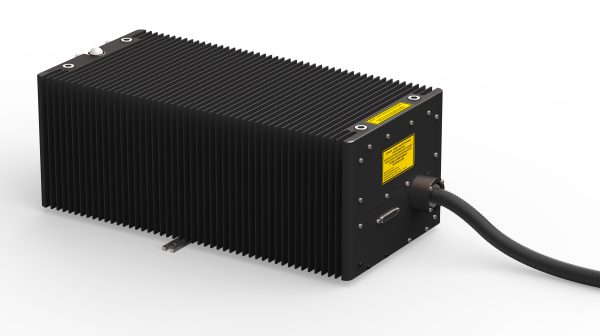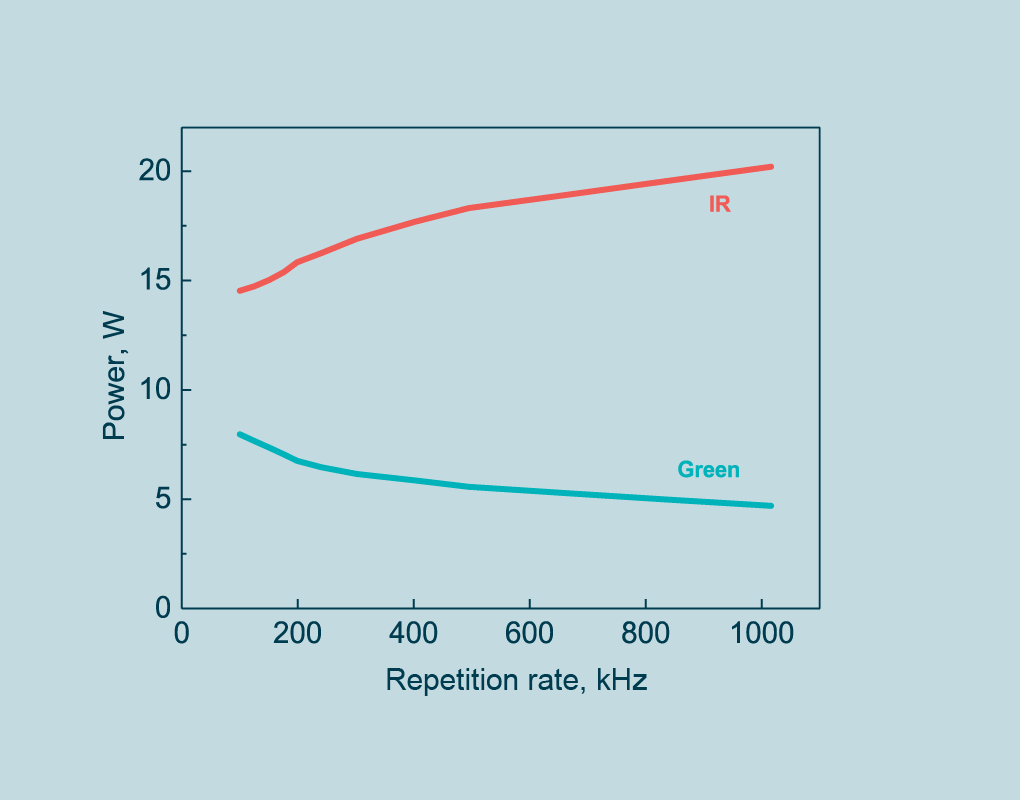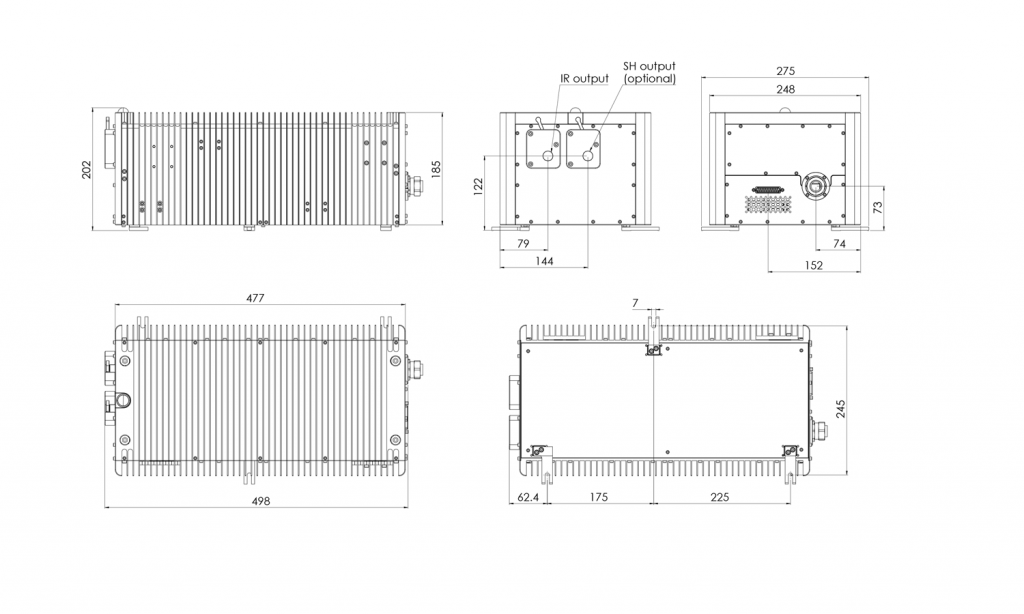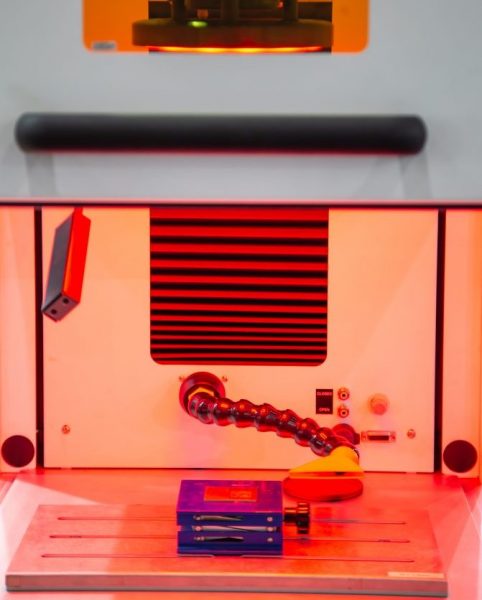INDYLIT 20 
Industrial Femtosecond Laser for Material Processing
1030/515 nm, 400 fs – 2 ps, 20 W, 100 kHz – 1 MHz
Standout features:
-
Extremely robust and stable
-
Adjustable repetition rate, pulse duration, power
-
High pulse energy and clean pulse shape
-
Passively air cooled
-
Maintenance-free & turn-key
-
Protected against dust
Applications:
-
Materials microprocessing
-
Ophthalmology
-
Semiconductor and electronics
-
Display manufacturing
-
Battery manufacturing
Robust design and no maintenance
The Indylit 20 is the highest average power and most efficient passively air- cooled femtosecond laser on the market. If you need a reliable femtosecond laser that is maintenance-free, turn-key and has exquisite optical parameters – look no further!
The laser features an innovative and patented passive cooling design, ensuring high stability of the optical parameters such as pulse duration, beam pointing, and power. Indylit 20 mechanical construction can withstand almost everything you can throw at it. It is even protected against the dust!
Built-in optional second harmonics (SH) module provides wavelength extension enabling even wider range of material processing applications.

| Specifications | Model | |
|---|---|---|
| Indylit 20 | Indylit 20 SH 1) | |
| Central wavelength | 1030 ± 2 nm | 515 ± 1 nm |
| Average power 2) | > 13 W @ 100 kHz > 18 W @ 1 MHz (Typ 20 W @ 1 MHz) | > 7 W @ 100 kHz > 3 W @ 1 MHz |
| Max. pulse energy 2) | > 130 μJ | > 70 μJ |
| Pulse duration | < 400 fs | |
| Pulse duration tunability | 400 fs – 2 ps | N/A |
| Switch time between outputs | < 1 s | |
| Internal pulse repetition rate | 100 kHz – 1 MHz, down to 30 kHz in burst mode |
|
| Pulse picker | Integrated | |
| Triggering mode | Pulse picker control via TTL gate | |
| Burst length | 1...12 pulses | |
| Max. energy in burst | > 500 μJ | > 200 μJ |
| Power attenuation 3) | 100 – 1% | |
| Beam quality | M² < 1.2 | |
| Beam circularity 4) | > 0.90 | > 0.85 |
| Beam diameter (at 1/e² level) | 2.6 ± 0.3 mm | 2.3 ± 0.3 mm |
| Polarization | Linear horizontal, > 200:1 extinction | |
| Prepulse contrast | > 1:1000 | |
| Post pulse contrast | > 1:100 | |
| Beam divergence (full angle) | < 1 mrad | |
| Beam pointing (RMS) 5) | < 20 μrad | |
| Beam pointing vs temp. | < 20 μrad/°C | |
| Power Stability (RMS) 6) | < 1% | < 2% |
| Pulse Energy Stability (RMS) 7) | < 1% | < 2% |
| Warm-up time (cold start) | < 30 min | |
| Warm-up time (warm start) | < 3 min | |
| Laser control interface | CAN, USB | |
| Operating voltage | 24V, 25A (100...240 V AC, 47...63 Hz to 24V AC/DC converter included) | |
| Average power consumption (after warm-up) | 300 W | |
| Maximal power rating | 700 W | |
| Operating temperature | 18 – 32 °C 8) | |
| Humidity | non condensing | |
| Transportation/storage temperature | -20 – +70 °C | |
| Dimensions: Laser head (L x W x H) Control unit (L x W x H) AC/DC converter (L x W x H) | 498 x 248 x 194 mm 449 x 370 x 140 mm 250 x 125 x 60 mm |
|
| Umbilical length | 3 ± 0.1 m | |
| Colling: Laser head Control unit | air (passive) forced air (fans) |
|
1) Indylit 20 SH model has also 1030 nm output with the same specifications as Indylit 20 model. The outputs can be switched by GUI interface or CAN command.
2) Please refer to the power and energy vs. pulse repetition rate curves for typical values.
3) Attenuation can be controlled by a few different methods: a) by PC user interface, b) by CAN register, c) by analog input (0 – 1 V, rise time < 1 μs). Beam quality specifications are maintained down to 10% power level.
4) Defined as the worst case ellipticity along the z-scan (± 5 × LRayleigh) of the beam.
5) Measured during 8 h operation starting 30 minutes after warm-up. Environmental temperature stability within ± 1 °C.
6) Measured with integration time of 1 s at the same conditions as (6).
7) Measured within 10 s time interval for at least 1000 pulses.
8) Higher operational temperature is available on request. Please contact LITILIT for details.
9) Technology is protected by international patents: LT6261 (B); JP6276471 (B2); US10038297 (B2); EP3178137; DK3178137 (T3); CN106575849 (B); PL3178137 (T3); LT6639 (B); LT2020 563.
